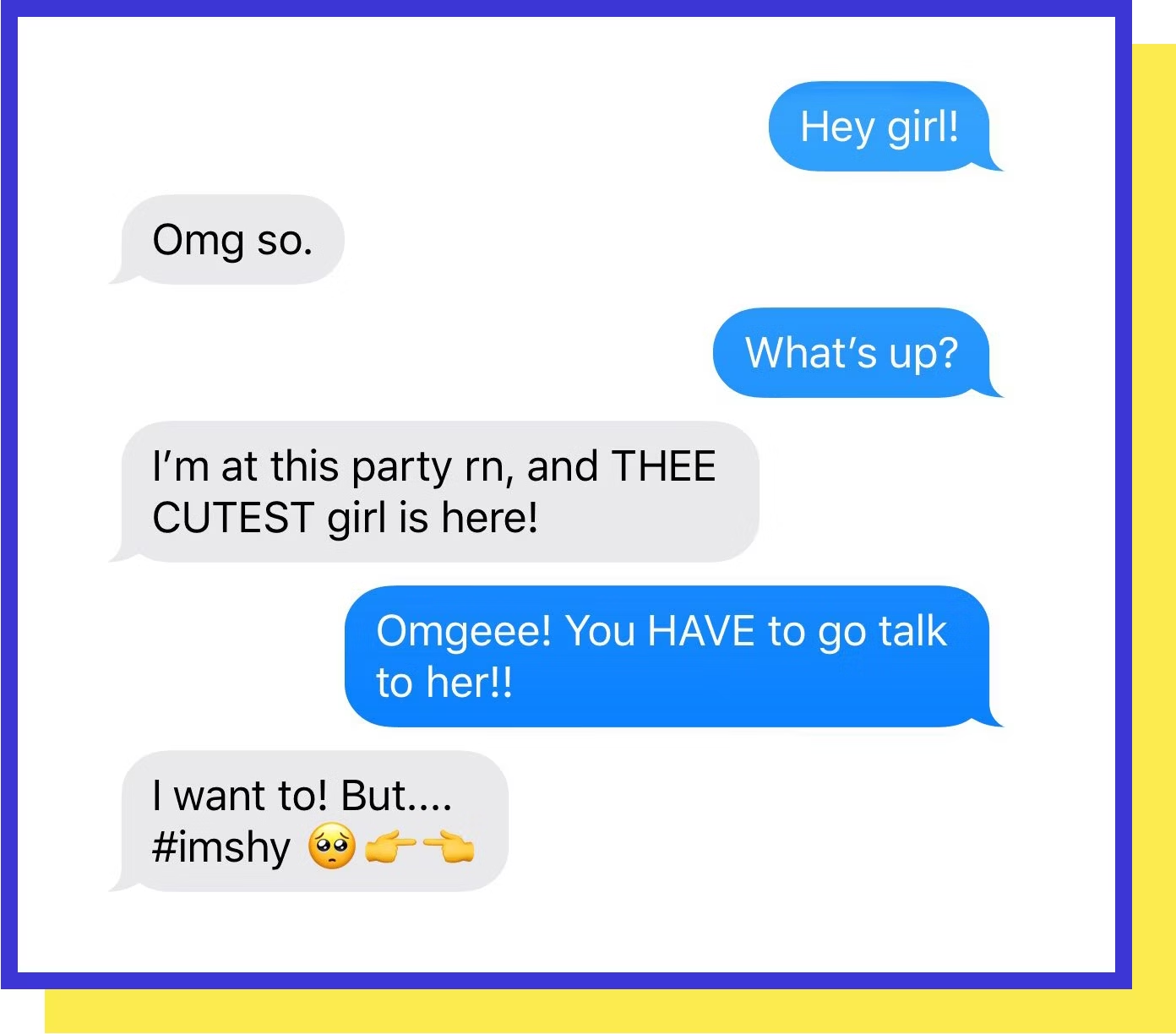Terri is a writer, researcher, and program coordinator for the US's first academic trivia league for HBCUs. She lives and works in New Orleans, with her partner, their 3 kids, and an ever-growing book collection.
Virtual realities
Are Virtual Influencers More Valuable to Brands than Humans?
CGI virtual influencers connect idealism and capitalism in technologically advanced ways, but are they changing the face of social media and brand marketing for good?






